The ULTIMATE Guide to choosing the right puzzle for your child! They are one of the best learning toys that every child should have.
What is YOUR child’s favorite puzzle?
What Are the Benefits of Playing With Puzzles?
Puzzles help develop hand-eye coordination.
Pam Myers, BSEd explains this connection, “When children flip, turn, remove, etc. pieces of the puzzle, they are learning the connection between their hands and their eyes.” – Child Development Institute
Puzzles help children develop problem solving strategies.
Dump a puzzle and then look at the pile of colors and different shapes. Children need to figure out a way to re-build it. Through this process, they develop problem solving strategies that best work for them. “Either the puzzle piece fits or it does not. Your child uses critical thinking skills to solve the puzzle and, best of all, you can’t cheat a puzzle!” Teach Make a Difference
Puzzles help reach a variety of different learning styles.
Janice Davis discusses the use of letter and number puzzles to teach academic content in a different way. She states that “All children learn differently and puzzles may be their medium for grasping an understanding of certain themes such as alphabet letters.” Learning 4 Kids
Choosing the Right Puzzle for Your Child
Choosing the right puzzle can be overwhelming. The good news is that you really can’t go wrong. Even if you buy a puzzle that is too advanced for your child at their current developmental level, then you can put it away in a closet and save it for some time in the future.
For Babies and Toddlers – I like to have 1 wooden puzzle and one plastic puzzle to start with.
For Preschoolers – I personally thing that they need a minimum of 5 different puzzles to rotate between. I like to have 3+ wooden puzzles and 2 learning puzzles minimum for each child. Of course, having more can help keep puzzles exciting and new. Try rotating puzzles. Keep 2-3 in a closet and 2-3 out for use
For Grade Schoolers – I recommend having 5, 100+ piece puzzles available for children to build. Choose more challenging colors and patterns for advanced learners. Use puzzles to help kids wind down before bedtime, while connecting with family members.
If you can – find a friend that is willing to trade puzzles with you. That way, if they have five and you have five, those ten puzzles can rotate between houses, keeping the kids engaged and excited about puzzles when their own come back.
To build your puzzle collection on a budget: Look at garage sales, consignment shops, and thrift stores for discounted puzzles still in good condition. I’m linking the puzzles in this article to Amazon using my affiliate links for ease of purchase.
Puzzles make great timeless gifts for birthday’s and holidays as well. Read on for my top puzzle picks in each age category.
Puzzles for Babies and Toddlers:
Wooden 3 Piece Puzzles:
I personally like the basic 3-4 piece wooden puzzles with large knobs for my babies. All three of my children started off with the Melissa & Doug Pets Jumbo puzzle at around 6 months old. My last baby just turned two, so we passed on our wooden knob puzzle to a friend with a baby.
At 6 months old, my babies could not place the pieces in correctly, but they could take them out!
Gradually, with practice, they started to be able to put the pieces back in. We often played peek-a-boo with the pieces and pretended to make the animal sounds when we played.
Melissa & Doug Deluxe Fish Bowl Jumbo Knob Puzzle
Melissa & Doug First Shapes Jumbo
Melissa & Doug Pets Jumbo
Melissa & Doug Barnyard Animals Jumbo Knob Puzzle
Plastic 5 Piece Puzzles
We have also had the Fisher-Price Brilliant Basics Activity Puzzle. My 3rd child LOVED being able to open and close the door, crinkle the birds winds and squeek the dog collar. The extras made it a little more of an interactive toy during the first stages. I tend to limit puzzles that make a lot of noises in our household.

Fisher-Price Silly Sounds Puzzle
Fisher-Price Brilliant Basics Activity Puzzle
Wooden 9-12 Piece Peg and Chunky Puzzles.
My 2 year old is a master of puzzles and can put these together in just a few minutes. We take two out at a time and mix the pieces together in a pile so that he has the opportunity to sort the pieces out to the correct puzzle. This adds one more beginning math skill to the activity. Some of these puzzles have pegs and some just have chunky pieces. Both are easy for little hands to manipulate. We are slowly trying to introduce the 12 piece wooden preschool puzzles, (see the next section) but he gets frustrated with them.
Sea Creatures Peg Puzzle
Dinosaurs Peg Puzzle
Pets Peg Puzzle

Chunky Transportation Wood Puzzle
Insects Wooden Chunky Puzzle
Farm Wooden Chunky Puzzle
Puzzles for Preschoolers
Chunky Shape Puzzles
Big Chunky Pieces are easy for toddlers and preschoolers to grasp. Fewer pieces and simple shapes make for a great transition from the easier 3 piece puzzles.


Primary Puzzle – Robot
Excellerations Touch and Match Sensory
About this time, we also received a few magnetic puzzles as gifts. The car one is actually crazy hard since all of the pieces are similar in size and shape. Don’t be fooled by simplicity- these puzzles add a little extra hand-eye coordination challenge and sneak in a little science too.
The transition from the shape puzzles to these 9 piece puzzles can be difficult for little ones. Provide parental support and teach them problem solving strategies for completing the puzzle
- Can you find the corner pieces?
- Let’s put all the puzzle pieces with a little bit of blue in one pile.
- Can you find all the pieces to make the dog?
- Can we find all the edge pieces and put them together first?
16 Piece Frame Puzzles
Melissa & Doug Pets 4-in-1 Wooden Jigsaw Puzzles
Melissa & Doug Wooden Jigsaw Puzzles in a Box – Dinosaur
Melissa & Doug Natural Play Wooden Puzzle: Ready, Set, Go
I think that the transition between the 12 and 16 piece puzzles happens around the same time. We purchased on 12 piece puzzle and 4 16 piece frame puzzles and rotated between them. Typically the cardboard frame puzzles are a bit less money and take up less storage space (win- win!) These puzzles often come in a variety of popular characters.
Disney Minnie Mouse 2-pack 16-piece Puzzles
Marvel Avengers Jigsaw Frame Puzzle – 16 Piece – 2 Pack – Designs Vary
Disney Frozen Elsa 16 Piece Puzzle


20-30 Piece Floor Puzzles
Around the same time that frame puzzles are of high interest to children, so are giant floor puzzles! These puzzles often take on a unique shape and can be several feet long in length. The pieces are large, making it easy for young children to put together. Since these puzzles are larger, they do take up more storage space. We purchased a few, put them together a couple of times, and then passed them on to my son’s school as we just don’t have the storage space.
Melissa & Doug Giant Fire Truck Floor Puzzle
Doc McStuffins Floor Puzzle – 46 Piece
Big Floor Puzzle,48pcs Whale Shaped

Mudpuppy Our World Jumbo Puzzle
Petit Collage Enchanted Woodland Floor Puzzle, 24 Pieces
Melissa & Doug 24pc Traffic Jam Floor Puzzle
24-30 Piece JigSaw Puzzles
Preschoolers begin to navigate the world of jigsaw puzzles starting with 30 pieces. These puzzles continue to be used through 1st grade, so stocking up on a few isn’t a bad idea. Each puzzle is usually less than $10 and can take children any where from 5-20 minutes to complete depending on their skill level and the complexity of the puzzle. If you are like me and have kids of both genders: choose puzzles that will appeal to all children, so that they can be used for many years.
I had to search on Amazon to find these. Look for terms such as: Disney 24 piece puzzles or Animal 30 piece puzzles.
Disney Frozen 2 5 Wood Jigsaw Puzzles in Wood Storage Box
Robud Wooden Jigsaw Puzzles for Kids 24 pcs Each – 3 in 1 Set
Mudpuppy Geometric Animals Puzzle Sticks (24 Piece)
Melissa & Doug Underwater Floor Puzzle (48 pc)
iLearn Wooden Solar System Jigsaw Puzzles, Circular Floor Puzzle
TOP BRIGHT Rocket 48 Piece Puzzles for Kids Ages 4-8
Preschool Puzzles that Teach
I also like to include a few puzzles that teach academic concepts to children in a fun and playful way. Our ABC puzzle is great for building problem solving skills AND when I’m there to put it together with my preschooler, we talk about the letter names and sounds. The pieces themselves can even be used as math and reading manipulatives in other learning activities as well.
Puzzles that Teach ABC’s and Beginning Sounds

Melissa & Doug Large Wooden See Inside ABC Puzzle
Humerry Wooden Alphabet Puzzle
ABC Animal Puzzle


Dinosaur A to Z Puzzle
Animal Parade A to Z Puzzle
Melissa & Doug 27pc Alphabet Express JFloor Puzzle
Puzzles that Teach Numbers
Melissa & Doug Jumbo Numbers Chunky Puzzle
Sendida Montessori Math Shapes Puzzle Toys Kids Preschool Counting
Melissa & Doug Numbers Peg Puzzle (10 pcs)
Numbers Wooden Toys
Janod I Wood Numbers Puzzle


Lift and Learn Colors and Shapes Puzzle
Melissa & Doug Shapes Chunky Puzzle
Melissa & Doug Shapes Peg
Jamohom Wooden Shape Sorting Clock
Melissa & Doug Colorful Fish Chunky Puzzle
60 Piece Jigsaw Puzzles.
These puzzles are the perfect amount of pieces for most younger grade schoolers. We like to set up a sturdy table out of the main traffic area and in a well lit area for puzzle assembly. These puzzles can be done all at once or put together over a couple of days. Growing up, we had a large board that puzzles could be build on. It slid right under a bed or sofa for easy storage. Select puzzles to extend your child’s interests in science and social studies or just do them for fun.
In the Galaxy – 60 Piece Puzzle
Sea and Zoo Animals City Life – 3 Pack Puzzles
Arctic Life Search & Find Puzzle, 64 Pieces
Mudpuppy Map of The United States of America Puzzle, 70 Pieces
World Map Puzzle (60-Piece)
You may also enjoy these puzzle activity ideas for kids…
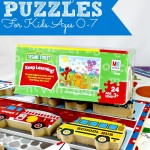












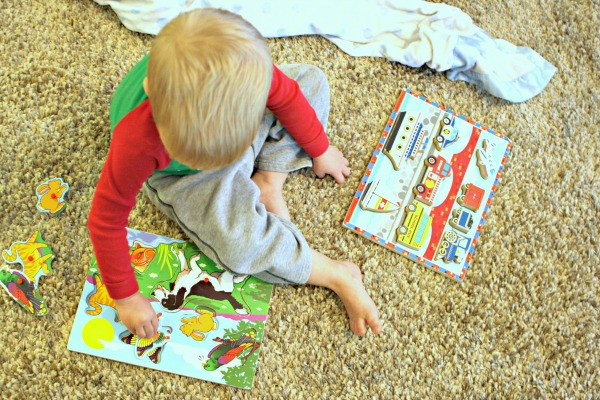











































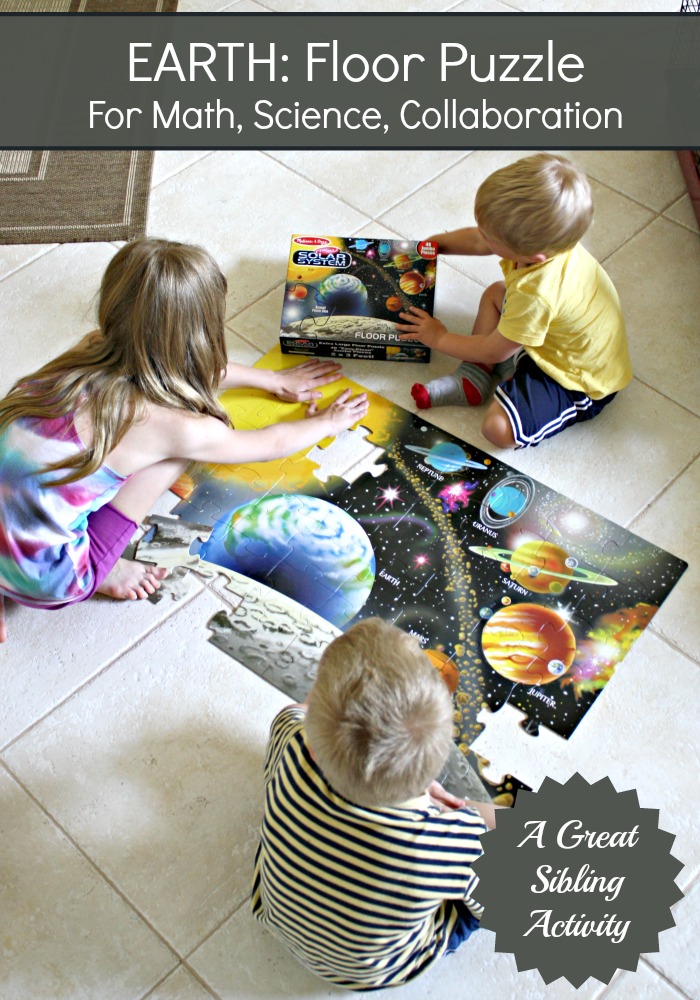
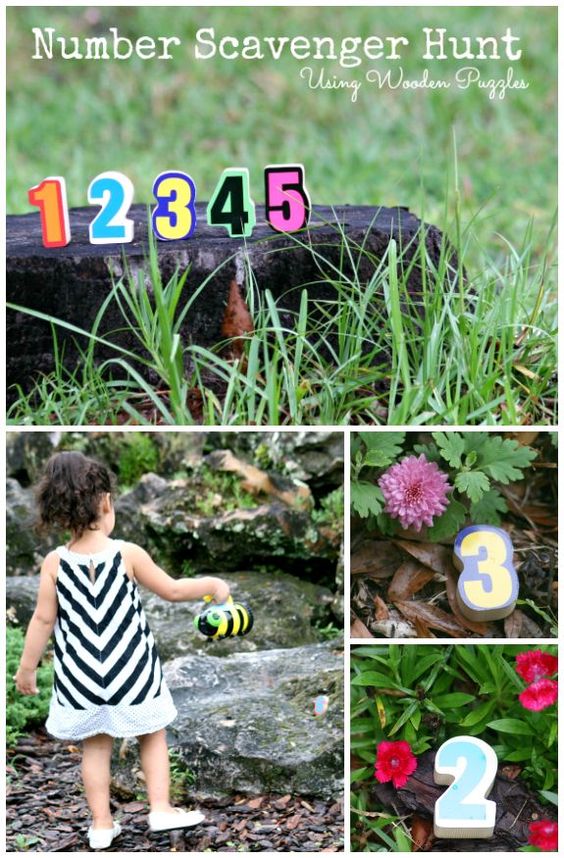
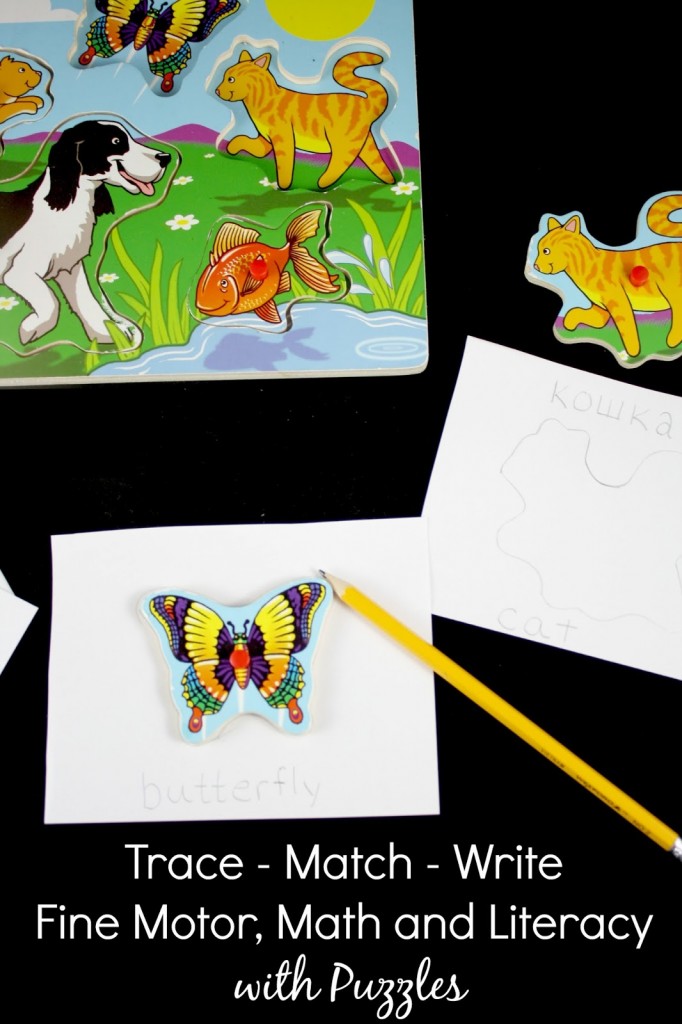
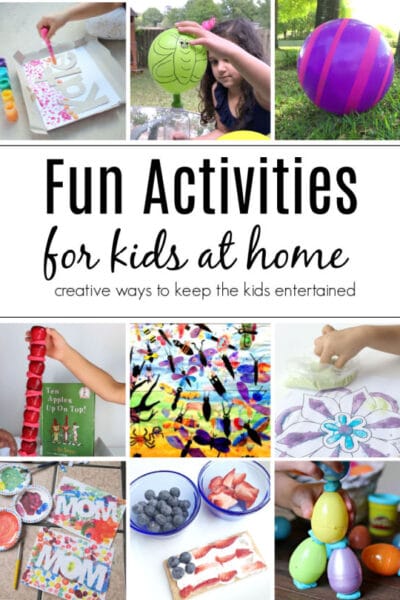
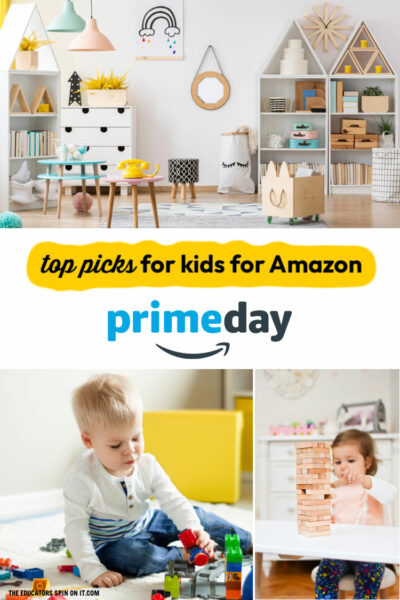

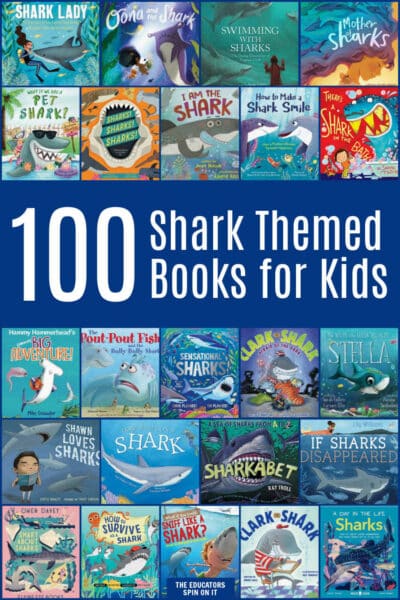
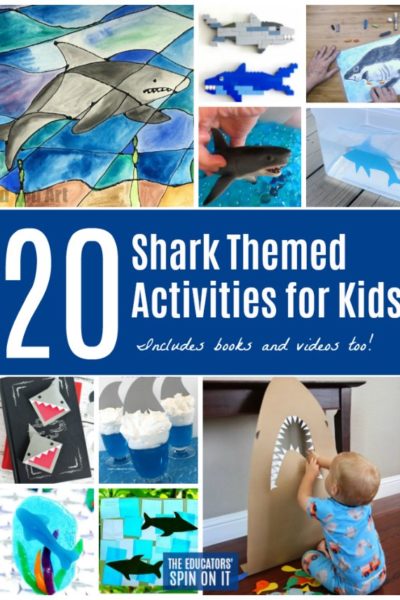
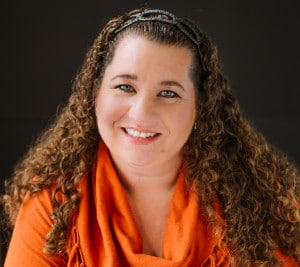
Thanks Amanda for some great tips. I’ve been looking for a puzzle for my 3 year old son, and I got a lot of new ideas here. -Sam
This was a lovely article – thank you. Very good ideas. I heard of some french puzzles that are also interactive-not only does one place the piece in its place but then this piece has little flaps that reveal animals etc.
I wish I knew the name of this puzzle but I did not take note of it. At any rate – my daughter gets bored quickly or sometimes gets frustrated quickly as well so I try to find toys that do more than one thing at a time to keep her interested.
Thank you!
Sandra